Planning for spring
It may seem premature to plan for spring when we still have not even had a frost, but planning and preparation will help to keep the garden running smoothly.
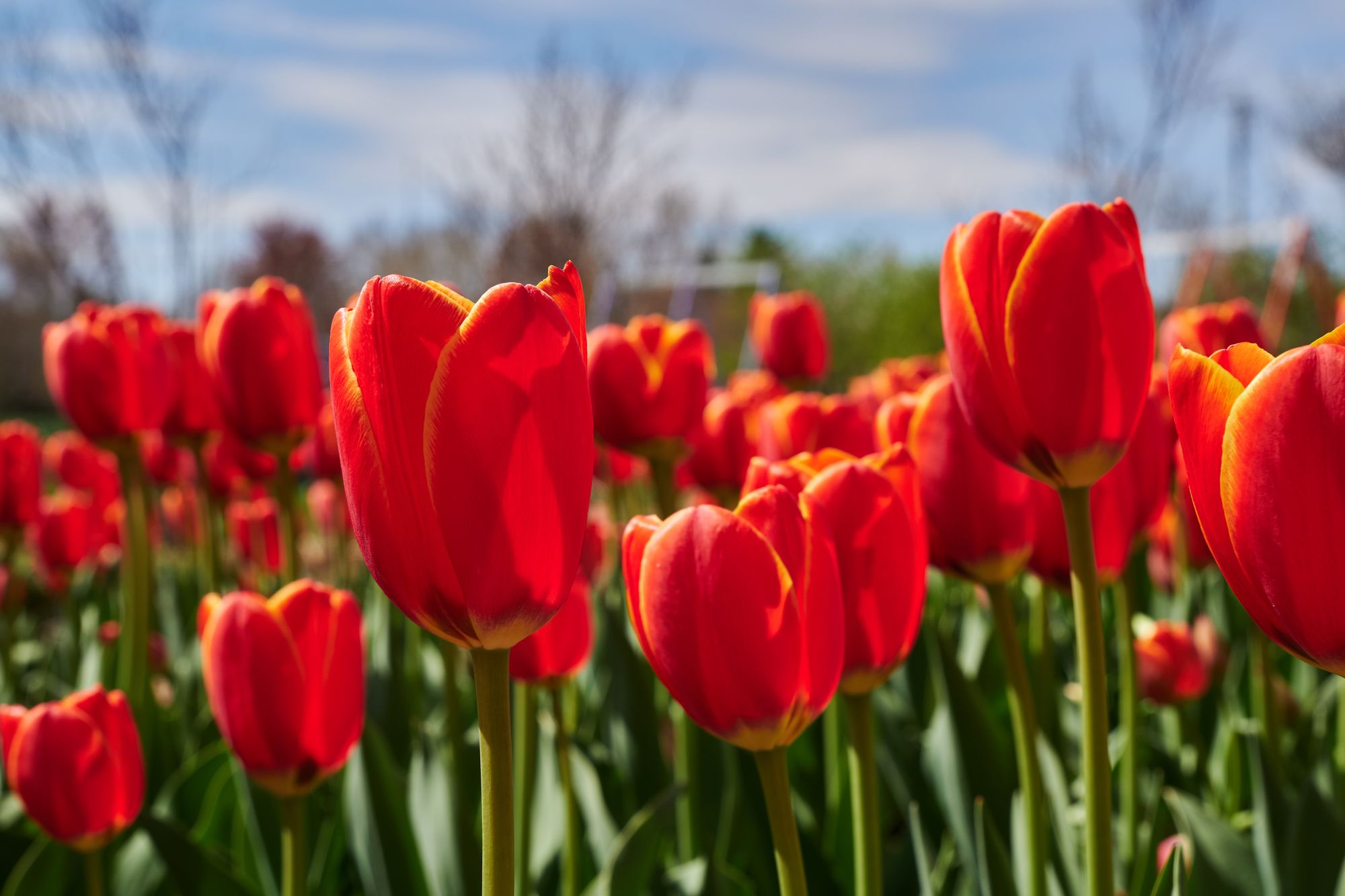
Thank you so much to all of our wonderful volunteers! We appreciate everything you do and could not run the garden without you. We have donated over 1,000 pounds of produce to the campus food pantry! That's halfway to our goal of 2,000 pounds. The UVU CARE hub has put together amazing recipes to cook healthy and cheap meals using the produce from the garden. Follow them on Instagram @uvucare for delicious inspiration.
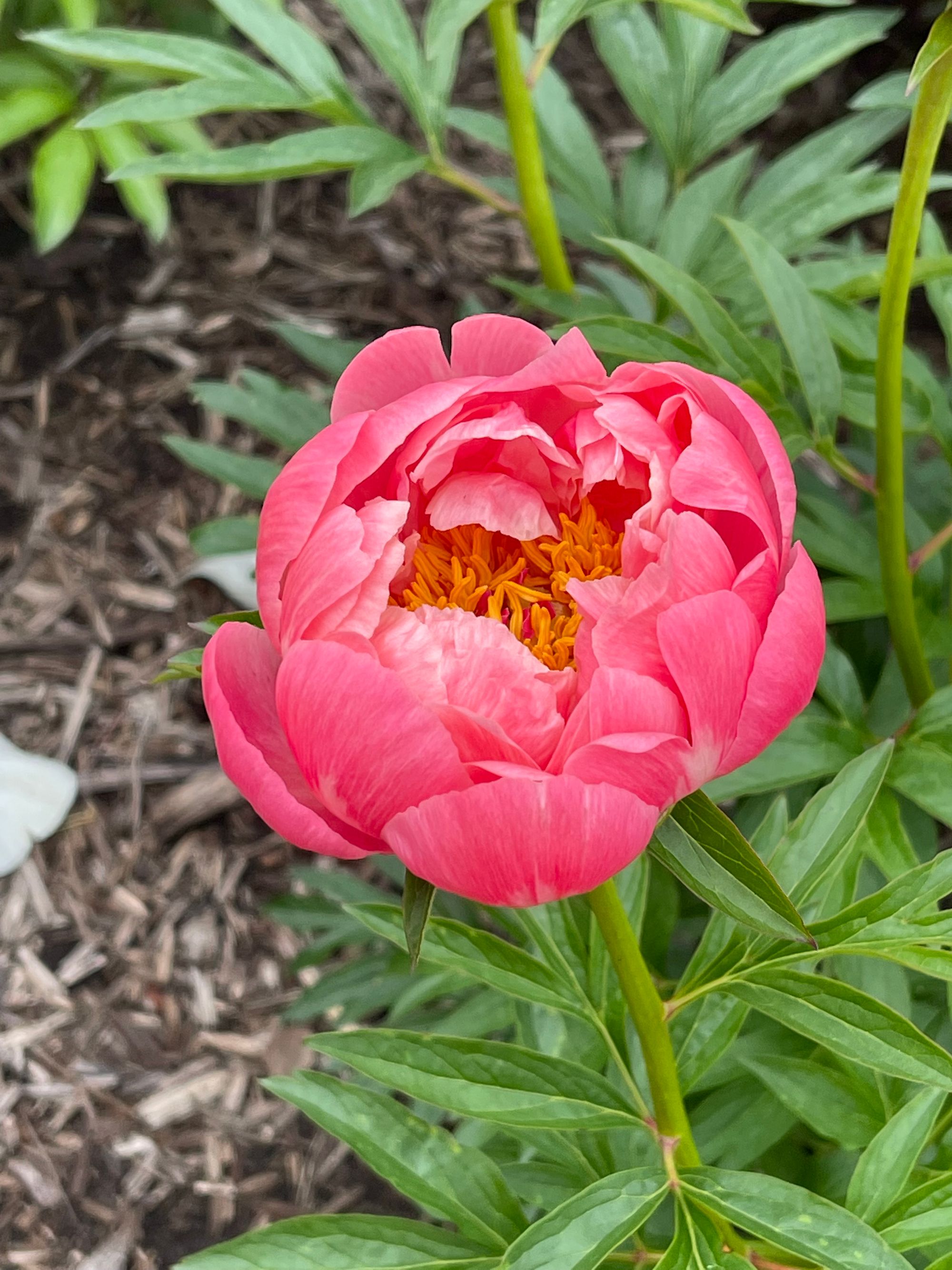
Why plan for spring so early?
It may seem premature to plan for spring when we still have not even had a frost, but planning and preparation will help to keep the garden running smoothly. Additionally, seed companies often run out of stock early in the season, and ordering sooner will assure we get the species and cultivars we would like.
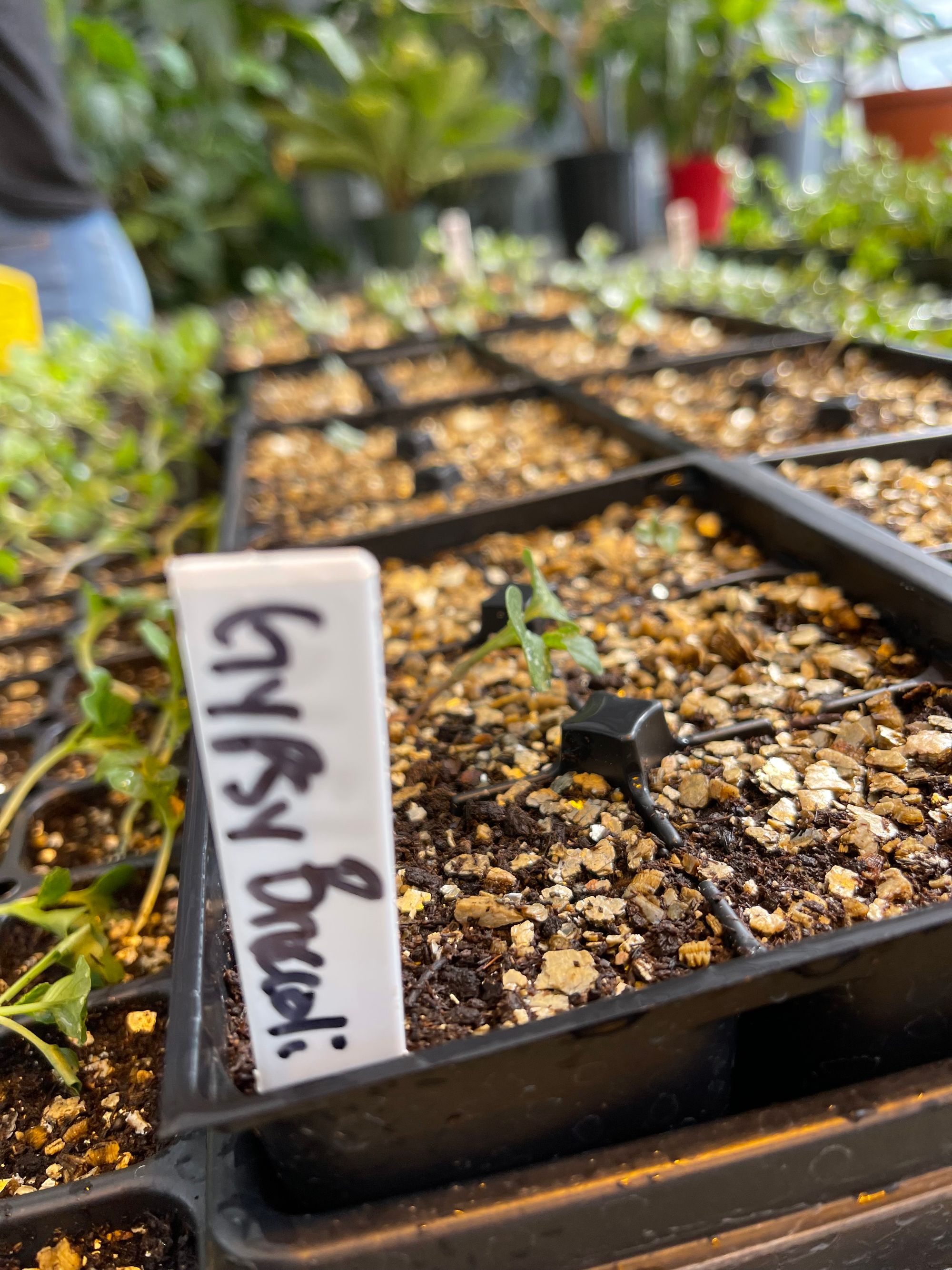
Early spring crops
After a long winter, it is always exciting to begin planting in the spring; however, planting too early or late can cause inconsistent germination and reduced yield. Correctly timing crops will help produce healthy and fruitful plants. Next year, we hope to begin planting even before the snow melts by planting seeds in the new hoop house. The hoop house keeps the soil and air temperature warmer than the outside, and we can start cold-tolerant crops at least a month earlier than we would otherwise. Cold tolerant plants can be sown as soon as the soil reaches 35 degrees and include peas, chard, lettuce, radishes, spring onions, spinach, and kale. Read more about what you can grow early in the spring here or here.
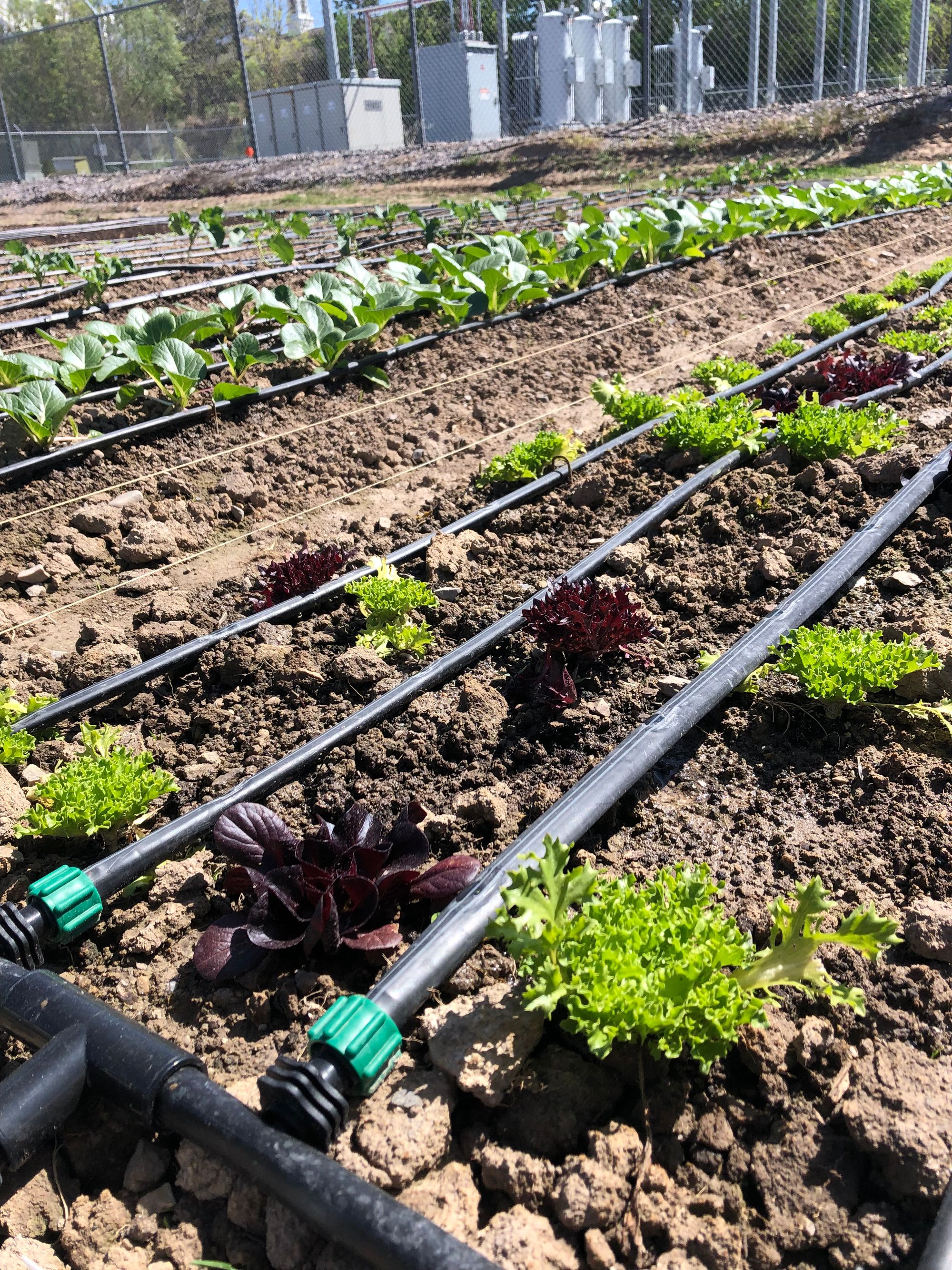
Spring crops
Spring crops can be planted when the air temperature is between 60 and 65 degrees. These include brassicas like broccoli, cauliflower, brussel sprouts, bok choy, and other vegetables like carrots, beets, and celery. These crops are quite hardy and can even take a little frost and snow. We will likely start this outside as they grow for longer than the early spring crops, and we will be starting late spring and summer crops in the hoop house.
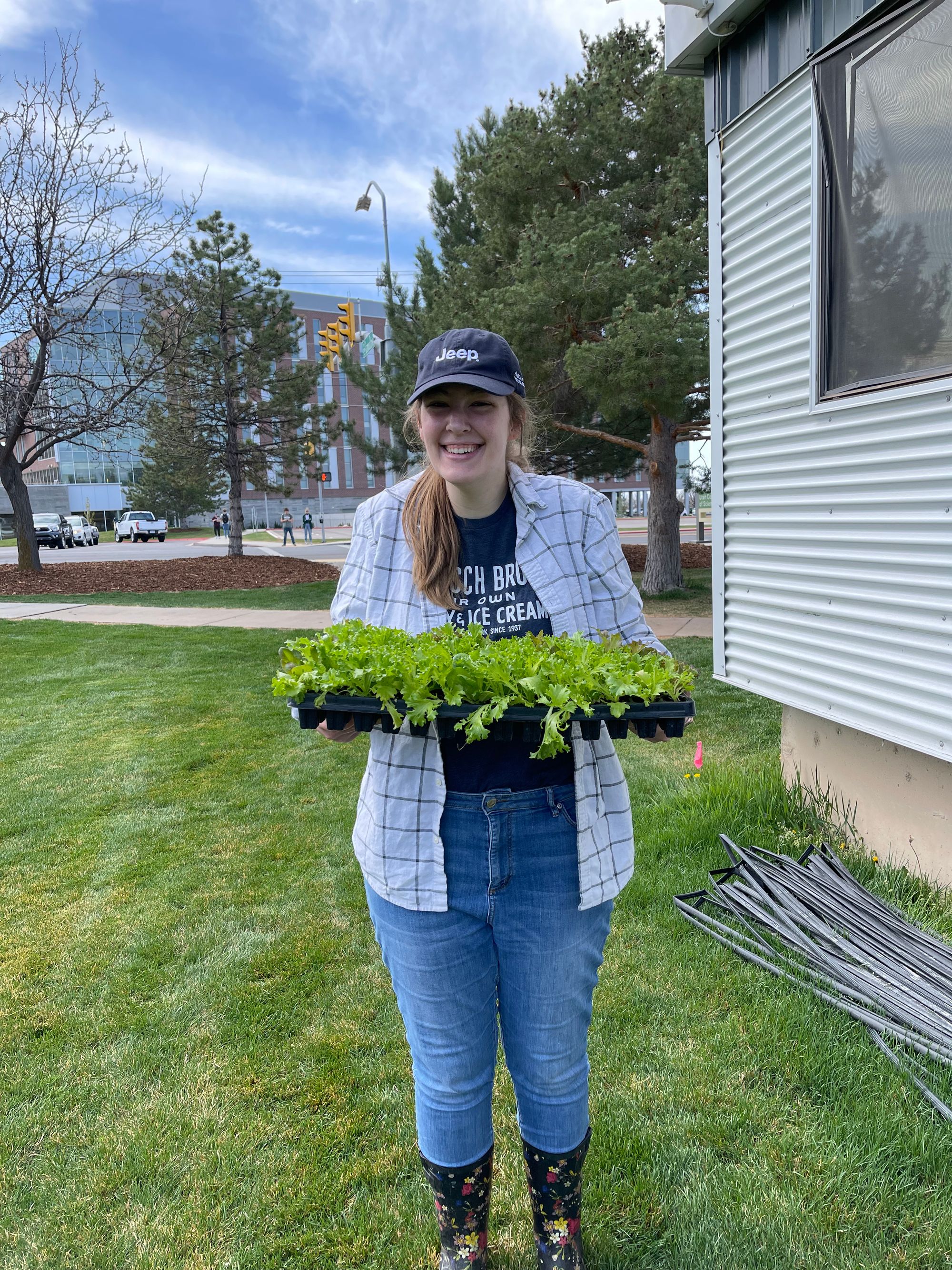
Late Spring / early summer crops
Once the threat of frost has passed, late spring crops can be planted, including beans, onions, potatoes, squashes, pumpkins, and corn. Crops like cucumbers, tomatoes, basil, and eggplants can be planted in late spring but are very sensitive to the cold and should be planted with great care. Many of these crops can be started indoors and transplanted to help speed up their growth. If there is a frost in the forecast, these crops can be covered with sheets or blankets to protect them. We will likely start the late spring and summer crops in the hoop house around mid to late April.
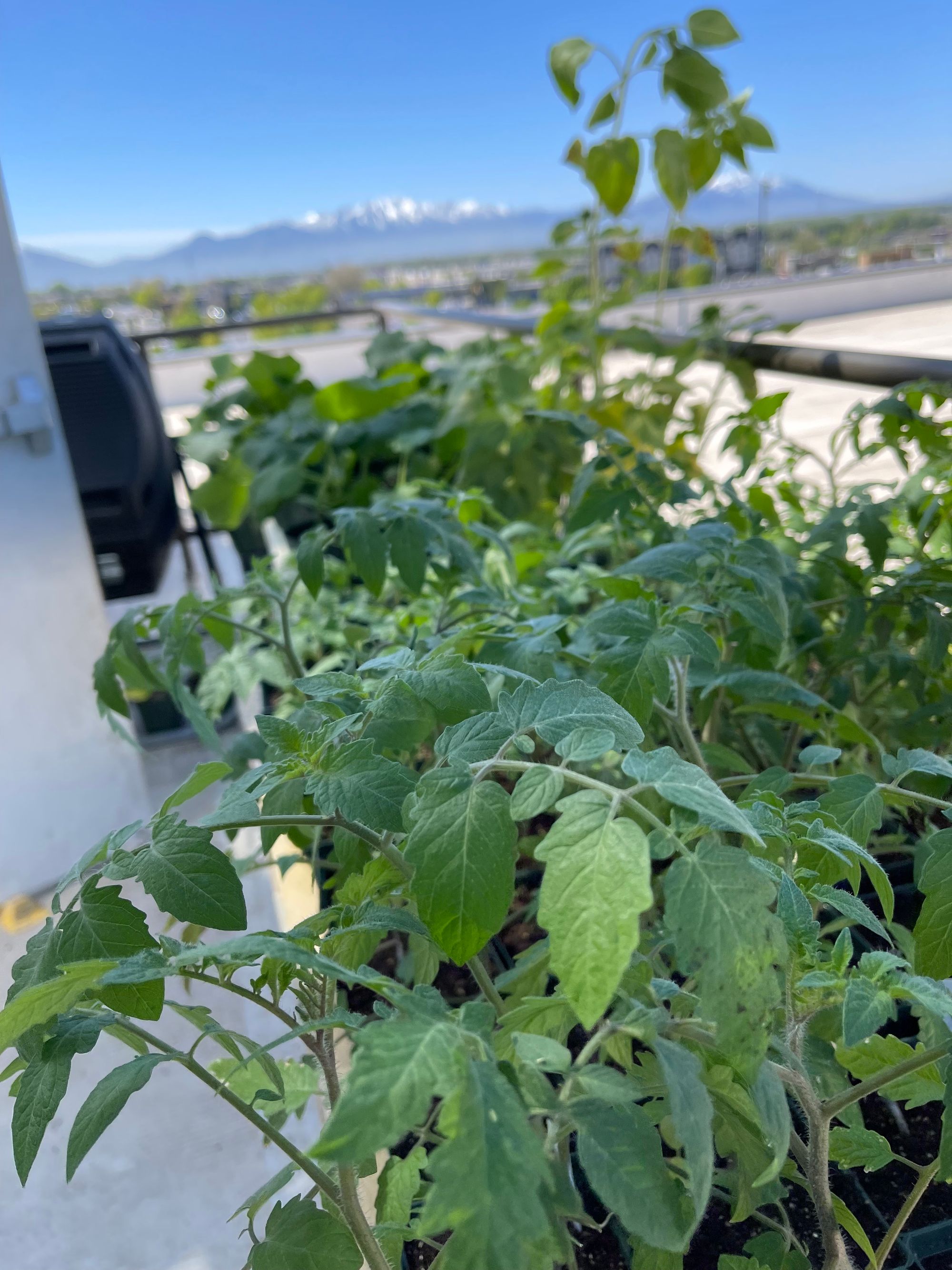
Tell us what you would like to see grown in the garden!
We are always trying to grow new and fun crops, and would love your help deciding what to grow. Submit your ideas here, and we will let you know the results in a few weeks.